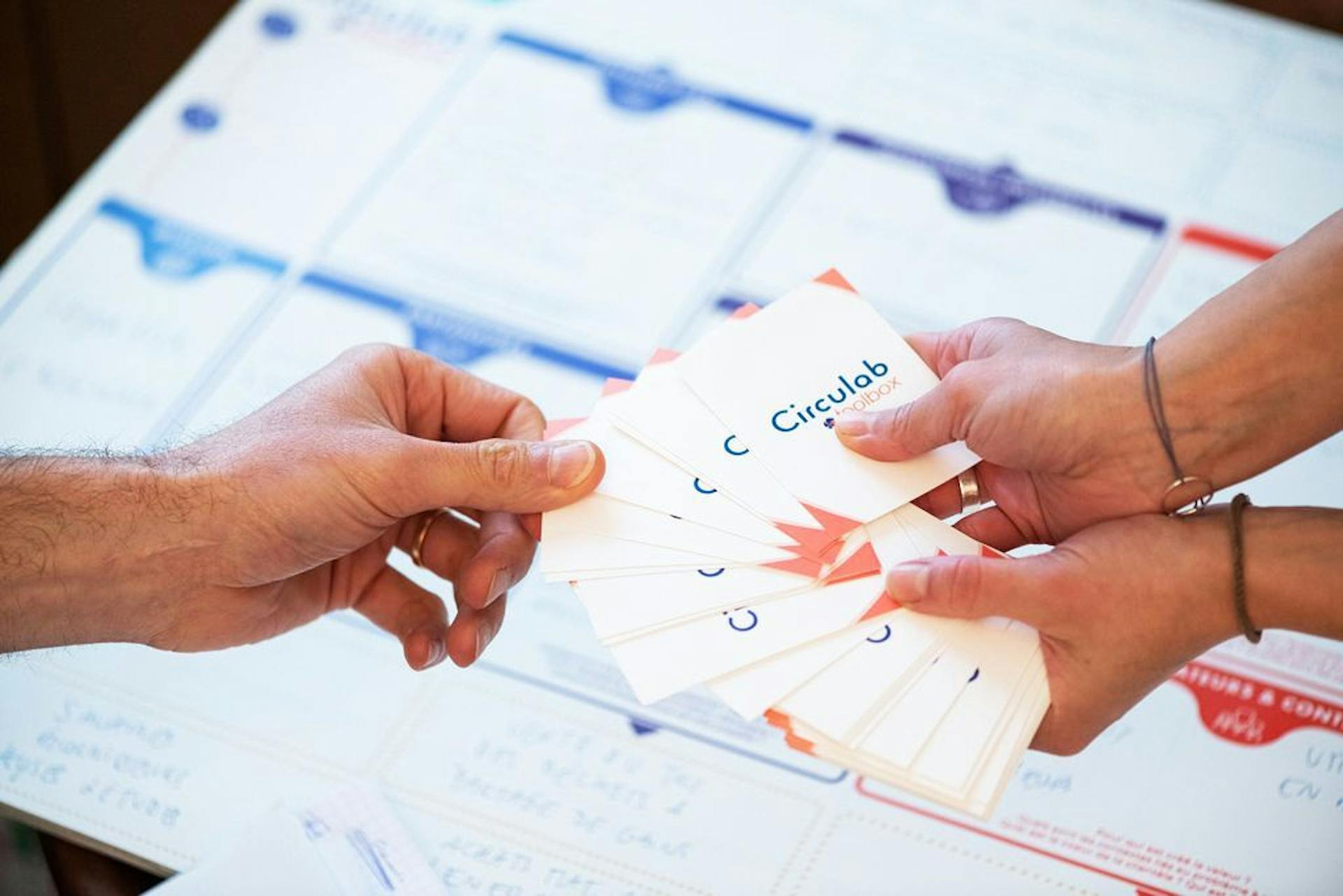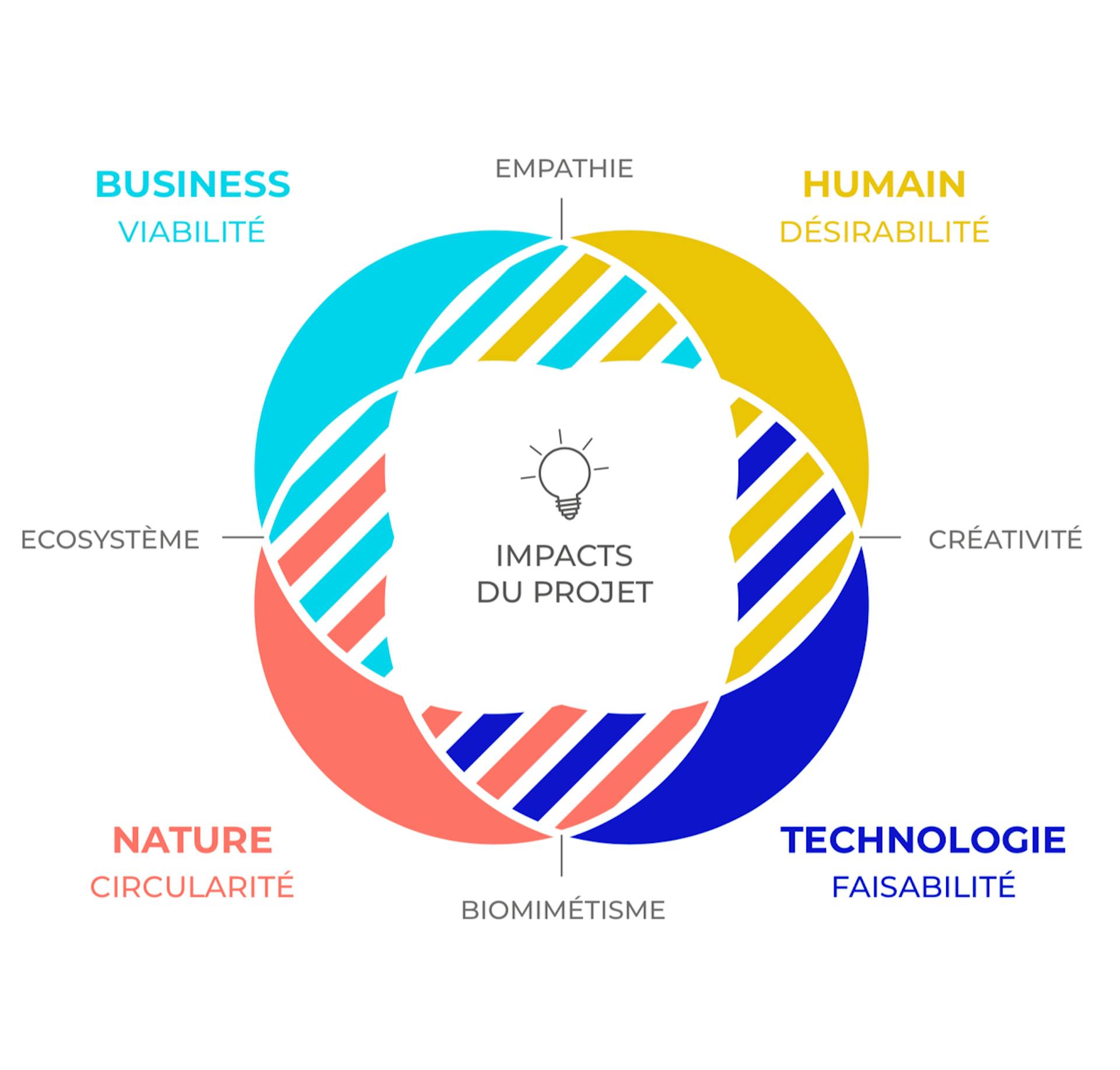Circular Design, why? How? For who ?
While a fifth ecosystem limit has probably just been crossed, the need to rethink, to transform our lifestyles, our ways of producing and consuming is more and more obvious for a growing number of citizens. How to imagine, create fair, sustainable social organizations and economic models, creators of social, environmental and economic values? The concept of circular economy appears to be a promising solution.
Circular economy
The circular economy, theorized in the United States in the 1960s with the concept of cowboy economy by Kenneth Boulding, is becoming a major axis of development for public and private economic players. The promise of decoupling the material extraction - production / consumption of goods and services couple is now central to the European Union's innovation development strategy. If the academic literature is divided on this promise, this does not prevent the acceleration of investments and transformation plans of companies and public actors based on the circular economy.
The concept is inspired by natural systems and is rooted in systems thinking. Materials, biological and technological products and socio-economic activities are organized into different loops of use, reuse, repair, remanufacture and under-cycling (also called recycling). These loops of tangible and intangible resource flows operate within ecosystem boundaries (ie the biosphere).

The importance of circular Design
80% economic, social and environmental impacts of products and services are decided at the design stage. It therefore seems obvious that acting at the design stage is the most powerful lever to activate the transformation of companies, territories and societies towards a circular economy.
The circular design approach is relatively new and little deployed by public and private economic actors. Circular design adds 2 key elements to the popular design thinking approach:
- the circularity / regeneration of resource flows.
- considering the entire ecosystem, the value chain around the product or service.
These additions allow the circular design to consider all the stakeholders (direct and indirect) linked to a product, a service and allows to think, to designate ecosystems and business models, products, services that are truly sustainable and regenerative of the systems. natural, economic and social.
The circular design approach can be articulated around the following 6 principles:
- prioritize local and/or abundant resources.
- optimize resources and energy.
- thinking about durability, repairability, reuse of the product.
- anticipate the dismantling or diversion of the product.
- think about the absence of waste throughout the life cycle of the product or service or their components.
- define a continuous improvement process.

How to build skills on circular design?
The academic offer on the subject is currently quite limited. However, a growing number of training courses in circular economy and circular design appear in particular at Saclay, ESSEC, ENSCI, ESCP, or IESEG.
Continuing education also makes it possible to build skills quickly and efficiently on the subject. The formations of the Circulab Academy are specifically developed with an educational pedagogy centered on action learning to enable participants to quickly and effectively deploy their circular design skills in their professional activities.
What can circular design do for you professionally?
“The designer is the key man of the 21st century”. This quote attributed to Dominique Sciamma highlights the growing importance of design in economic activities. Mastering the concept of circular design is a differentiating asset for professionals from all sectors who wish to engage in actions of transformation, creation of products, services, business ecosystems. The ability to think about business systems by considering the stakeholders of a value chain around a project makes it possible to create and deploy initiatives with positive impacts, virtuous, truly sustainable and with high potential for regeneration. These skills and qualities will become essential for entrepreneurs, consultants, project managers, designers and decision-makers of the 21st century in all sectors of activity.
The 21st century will be the century of designers, perhaps, of circular design, certainly.